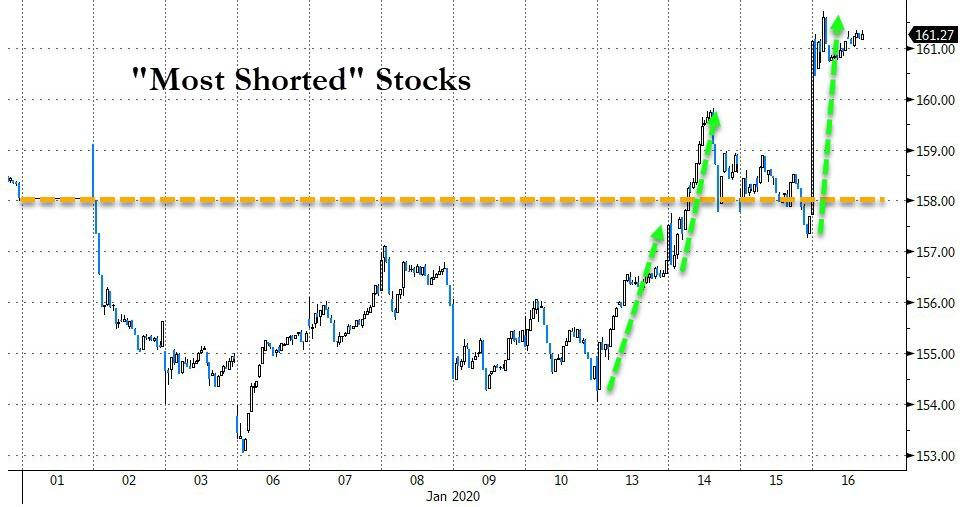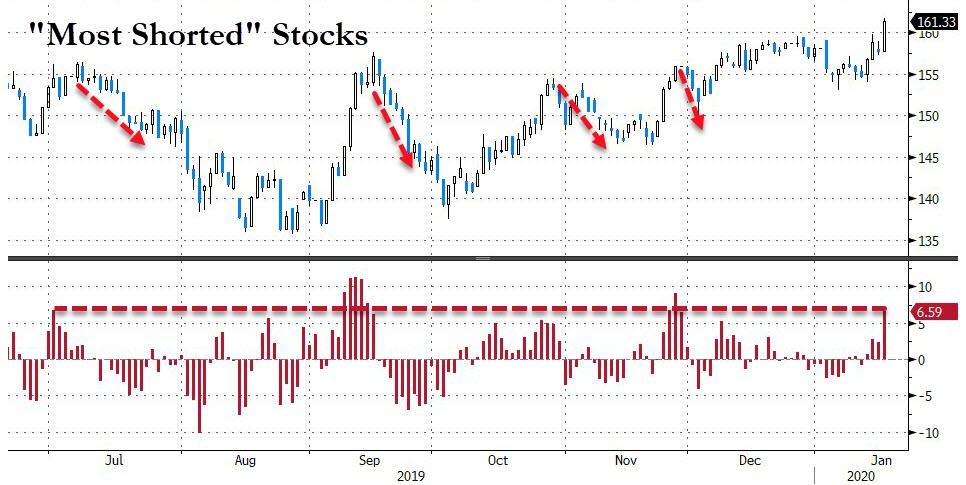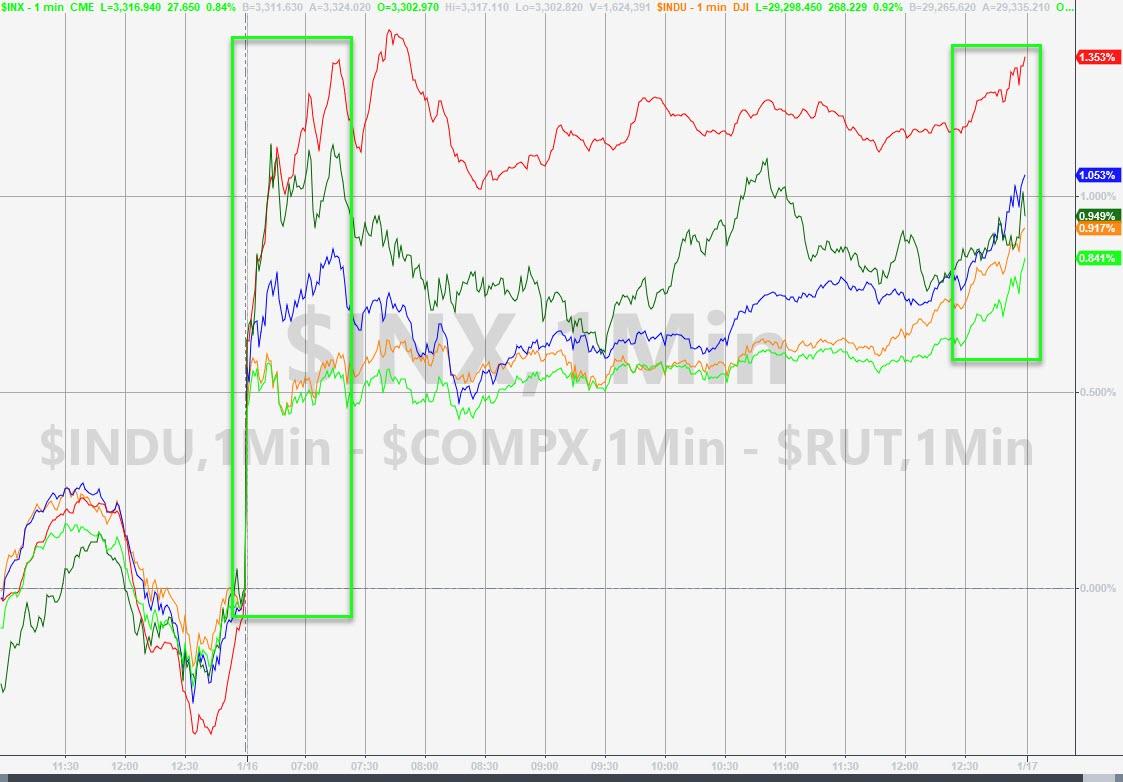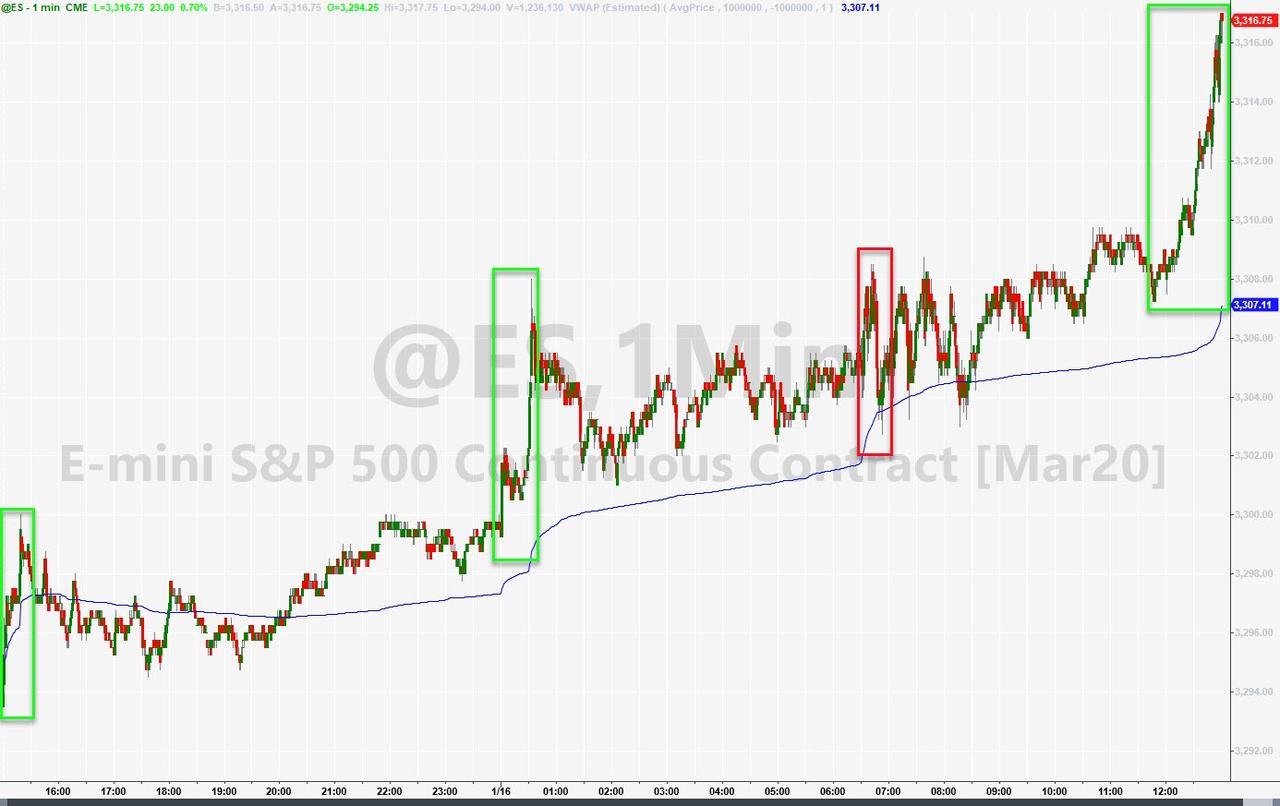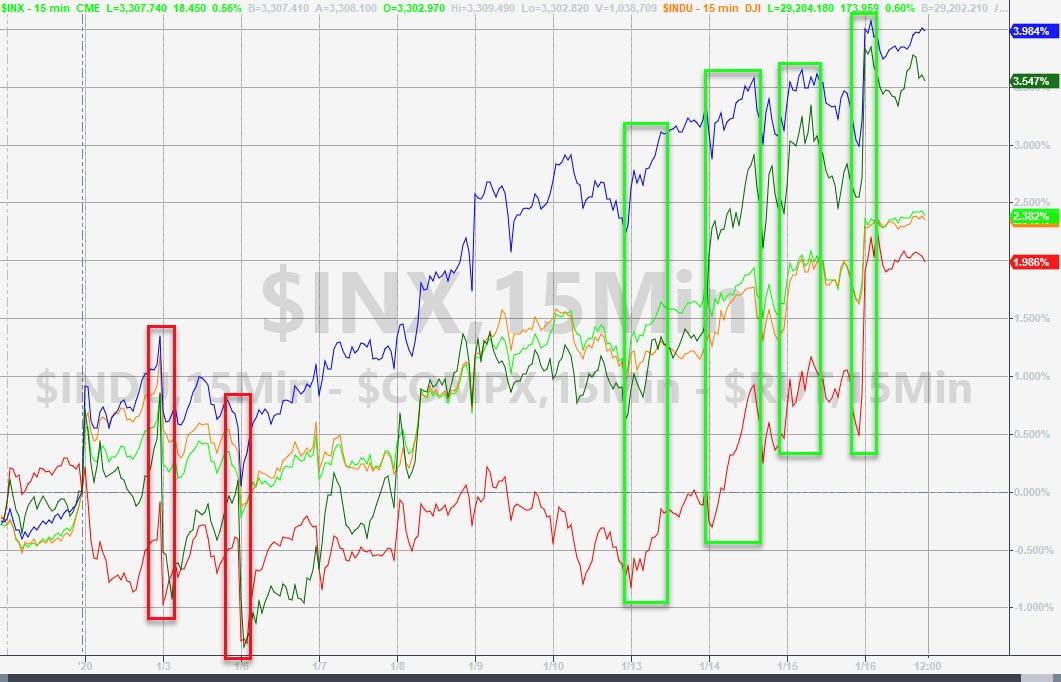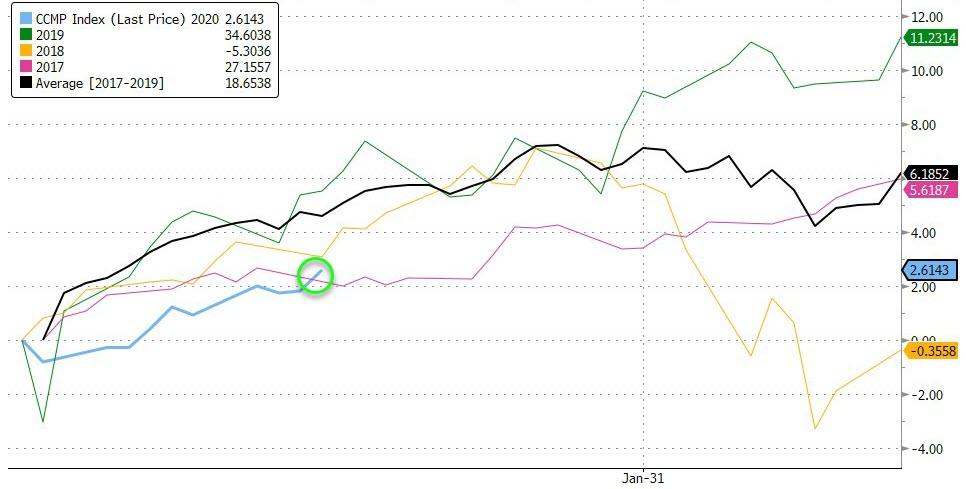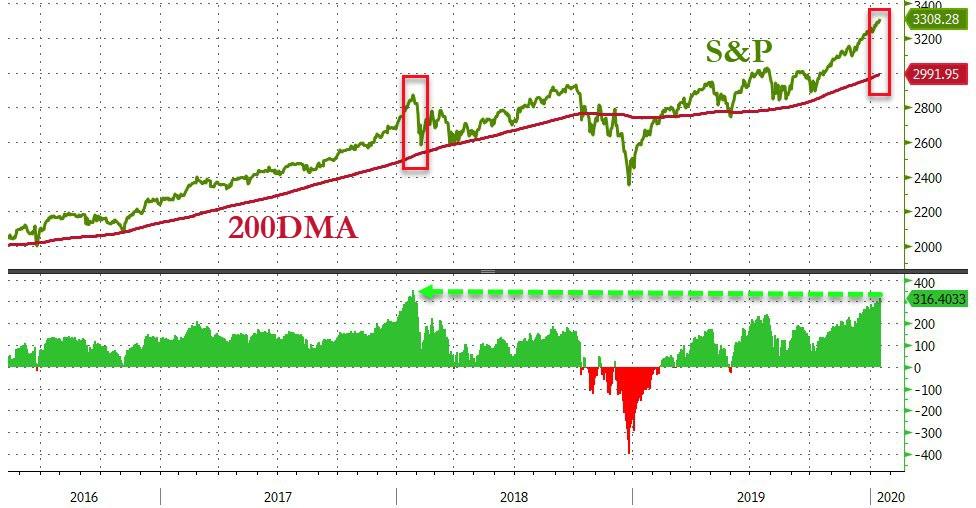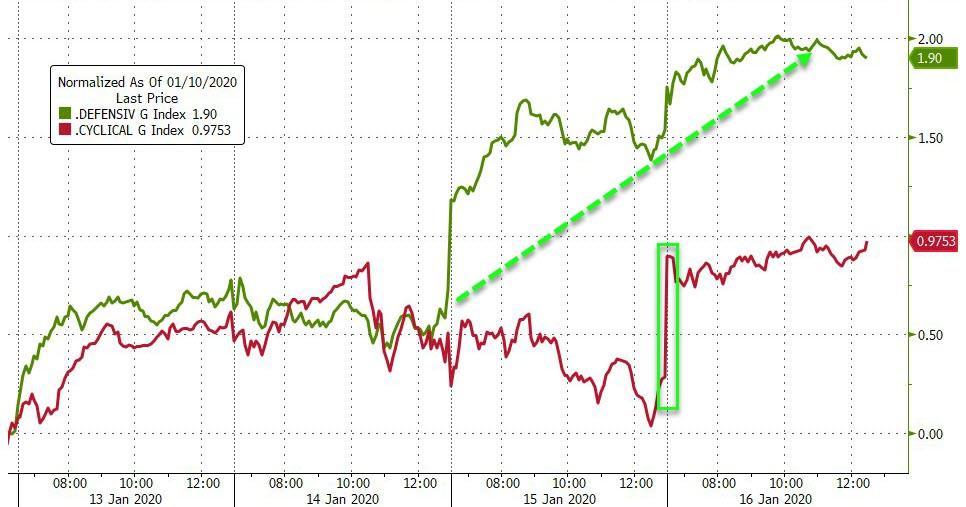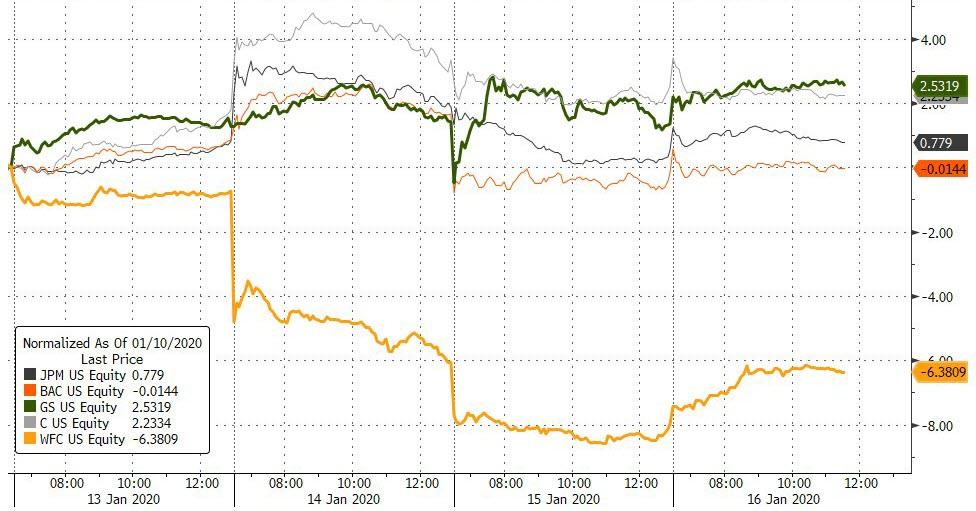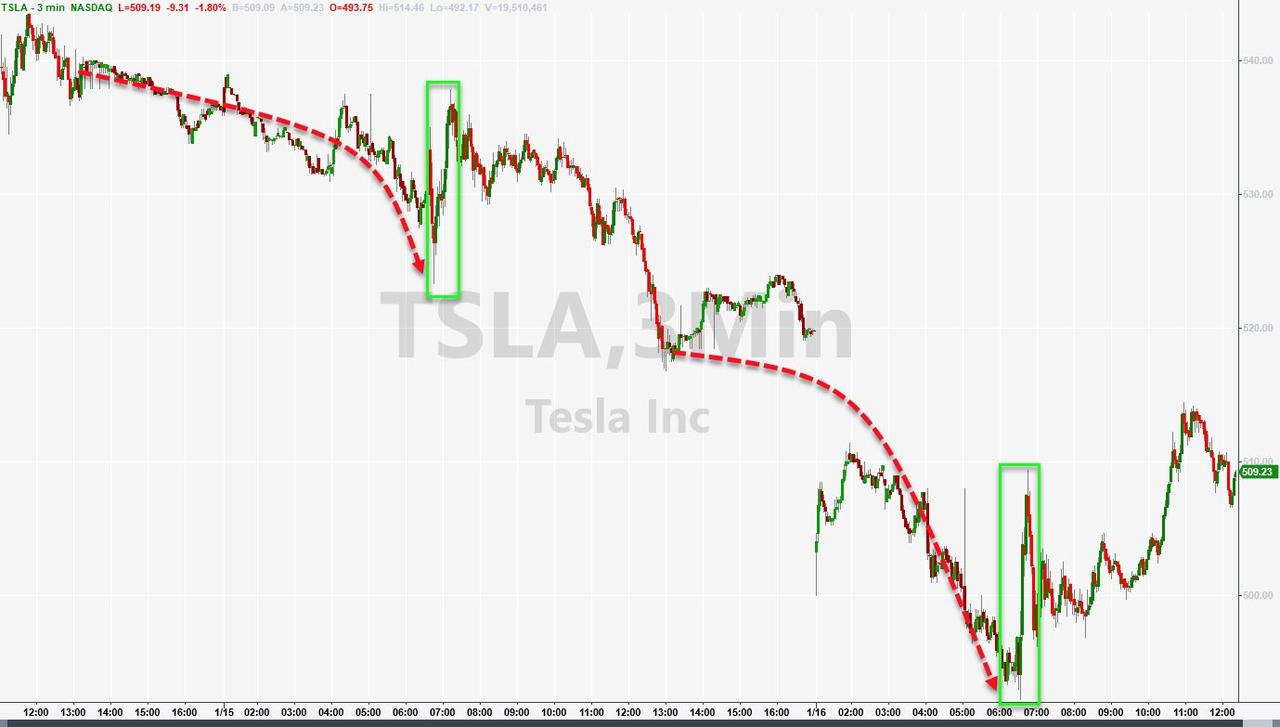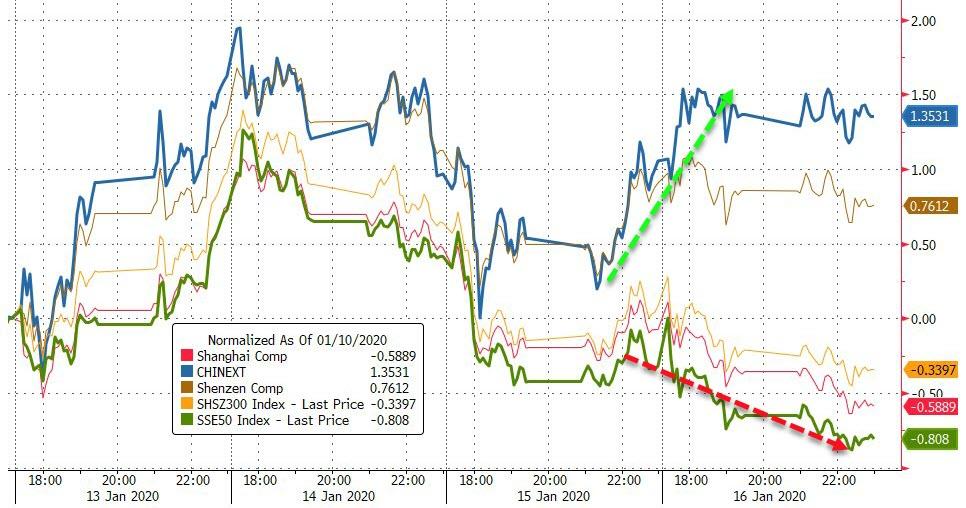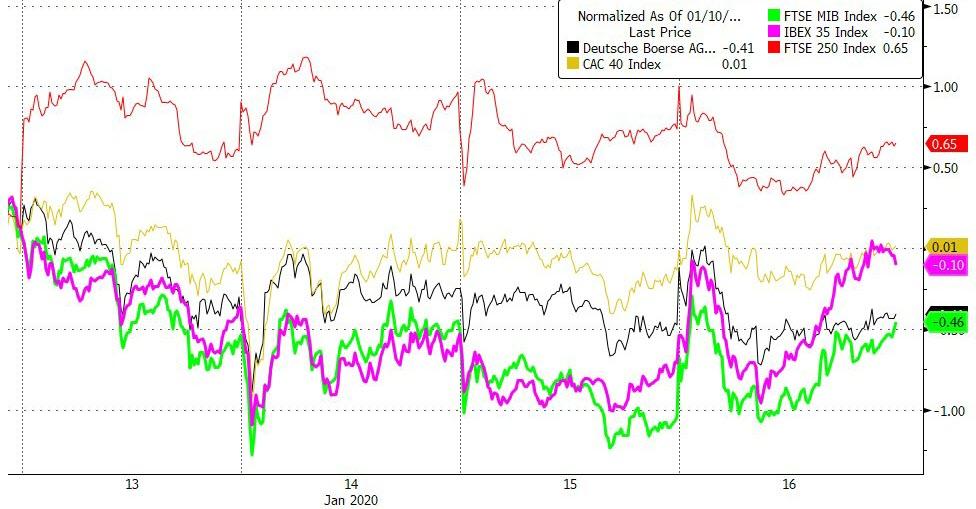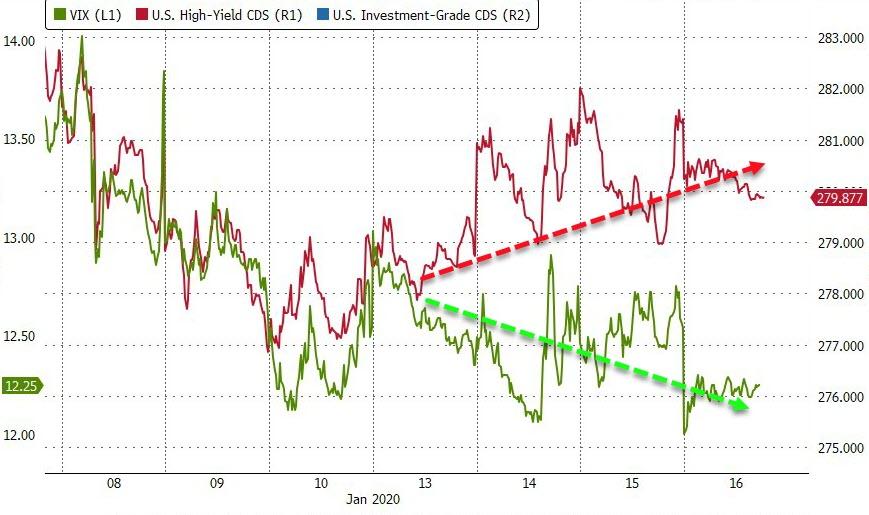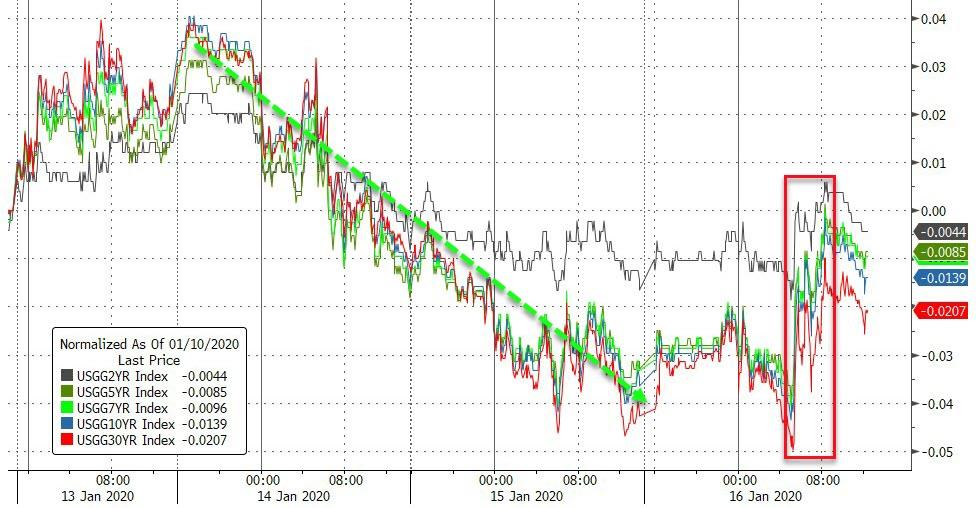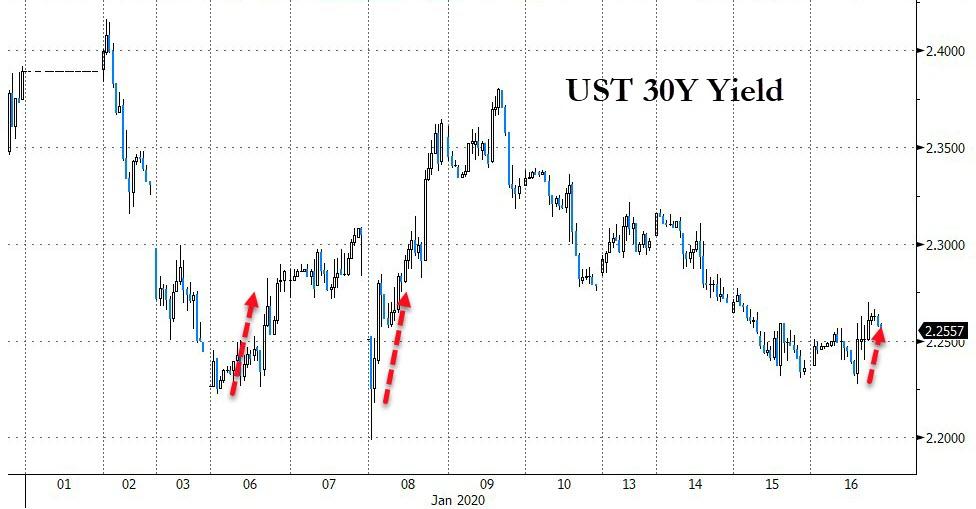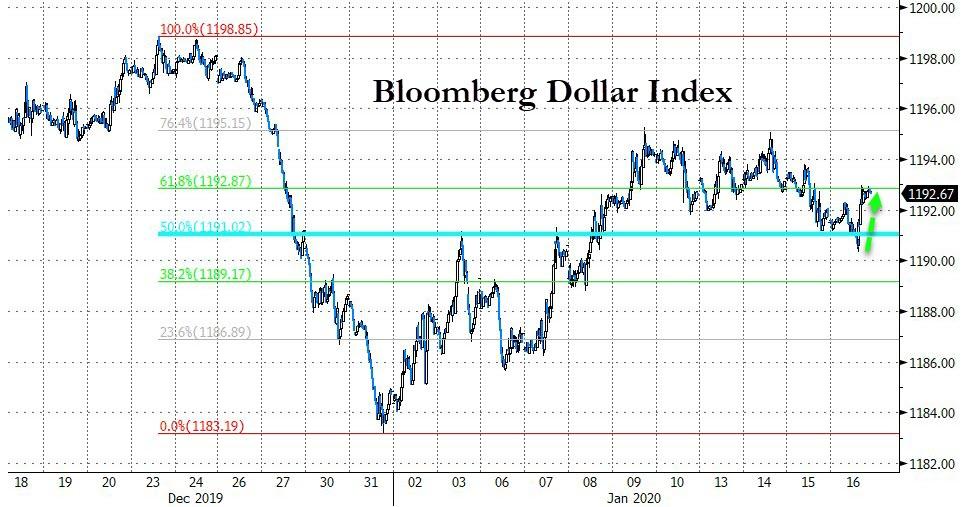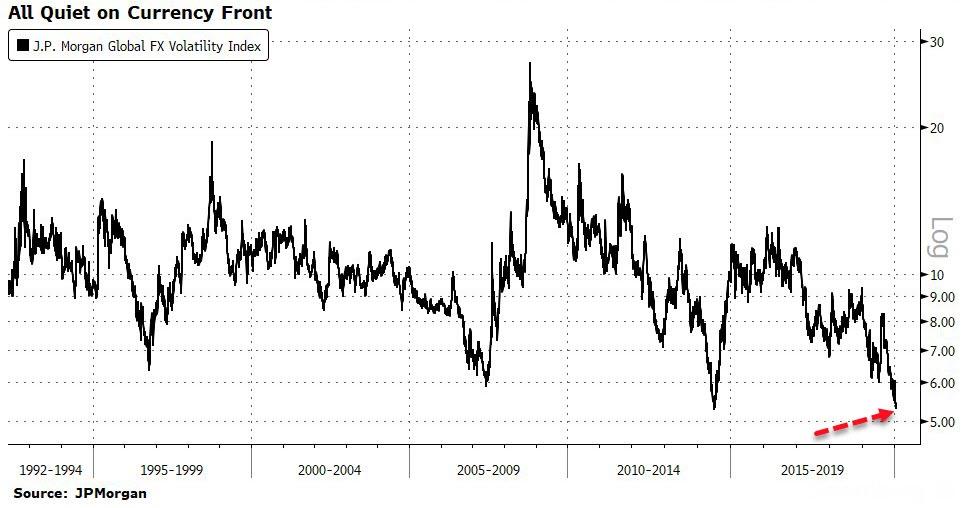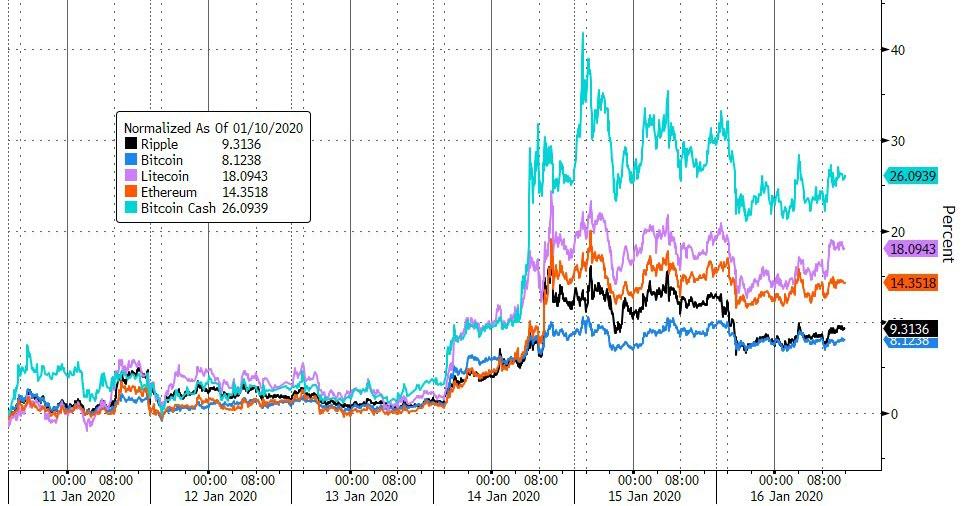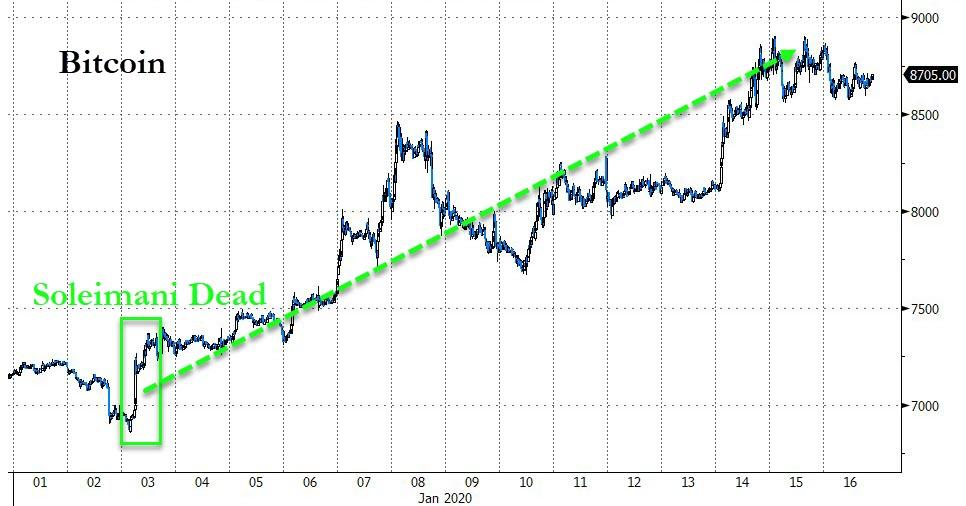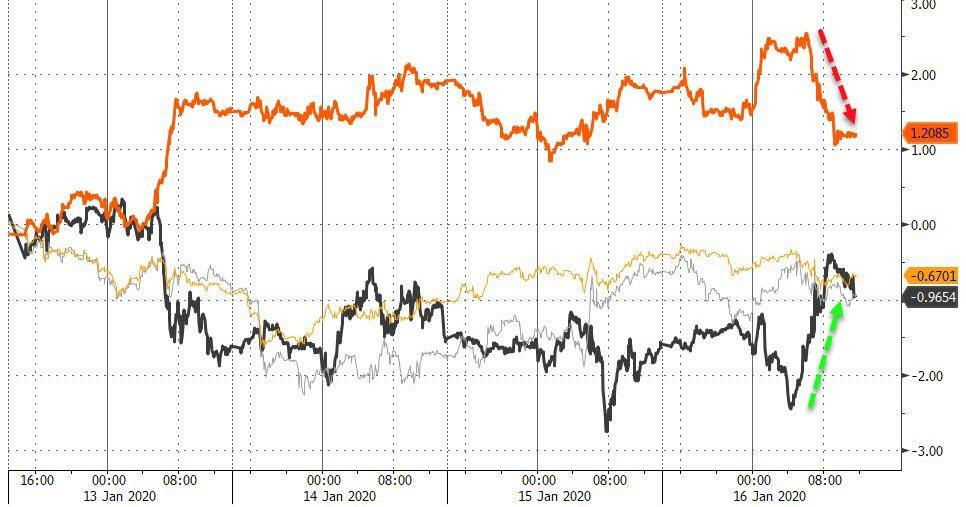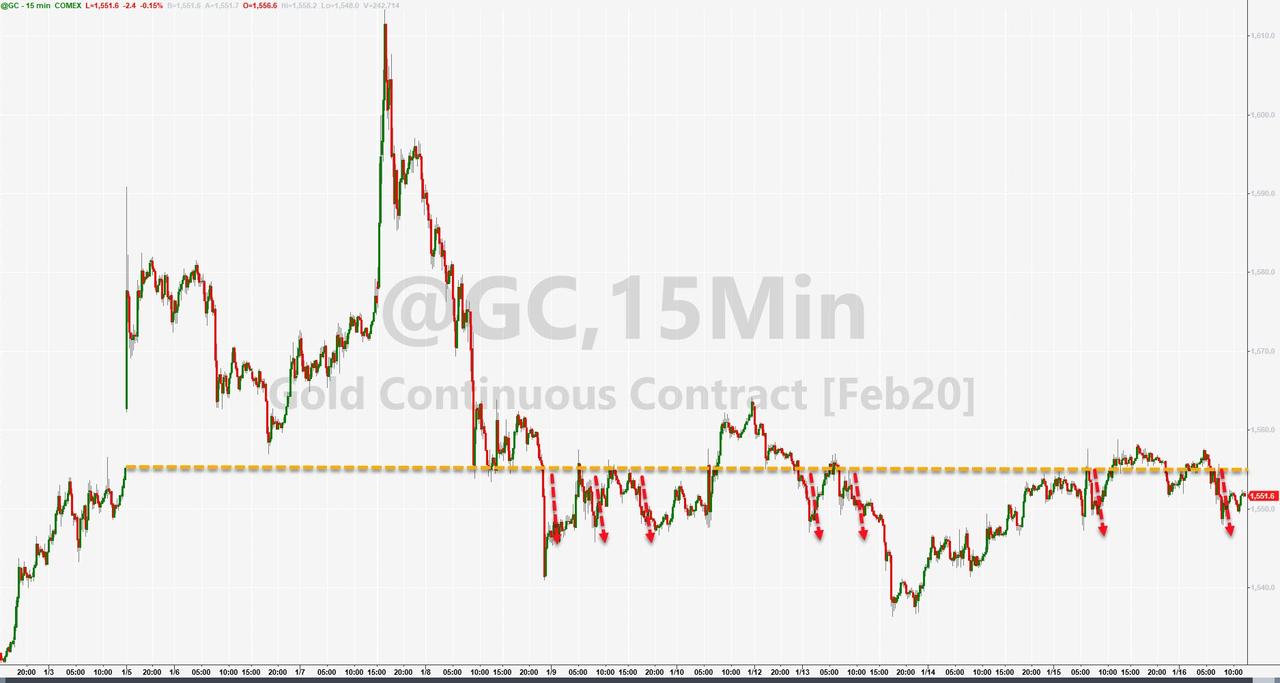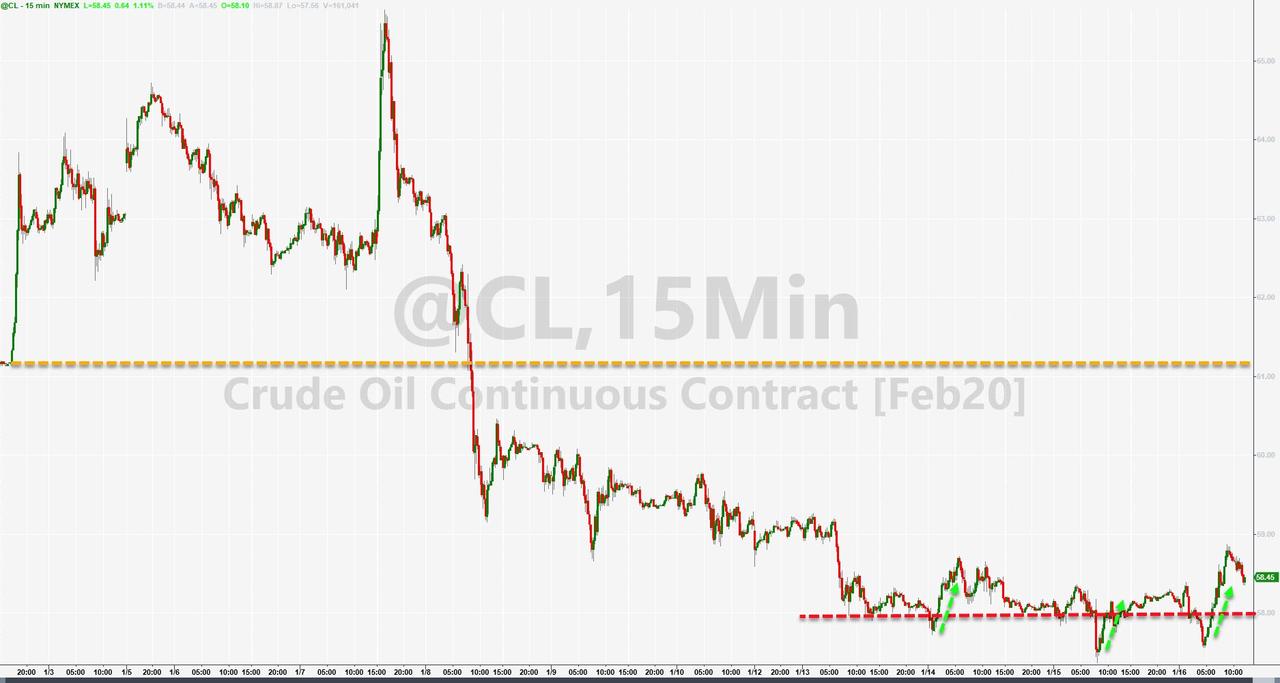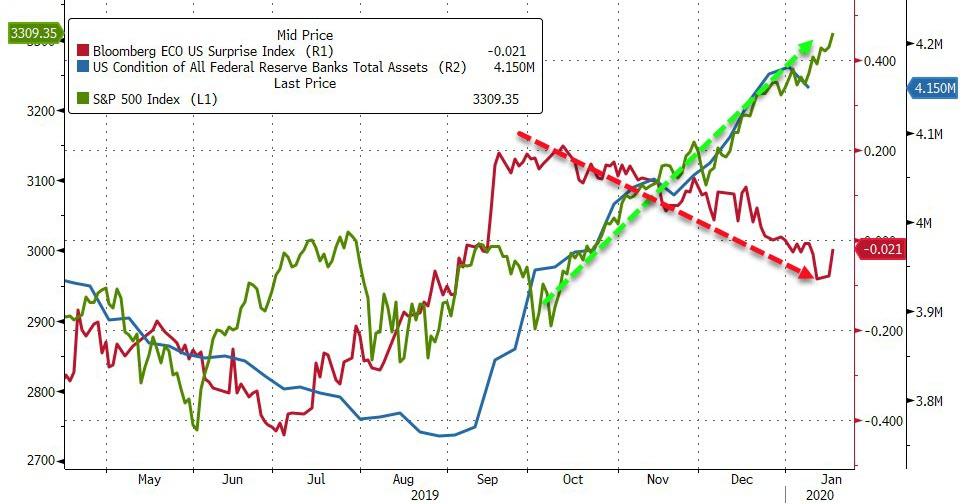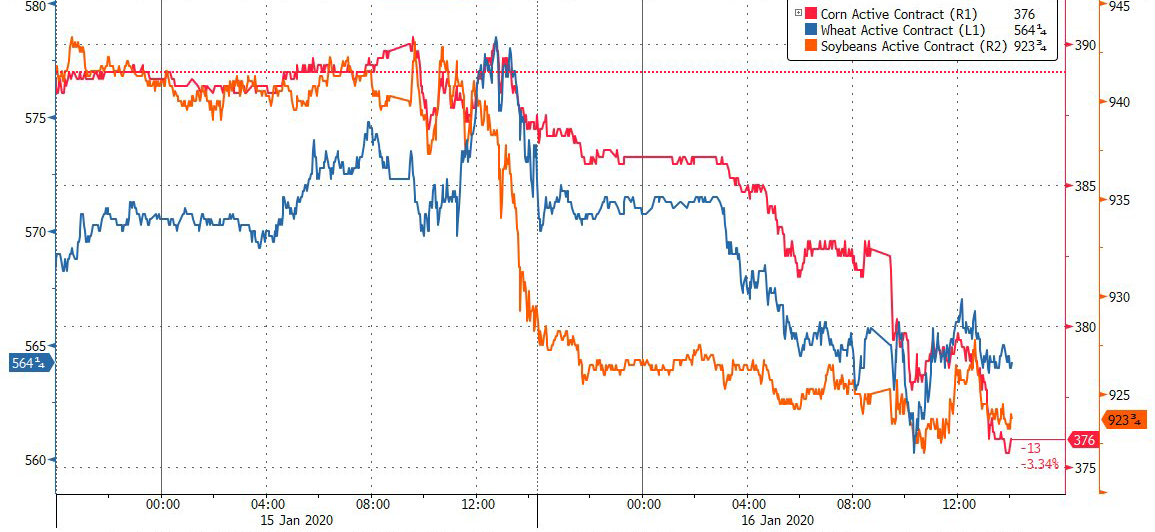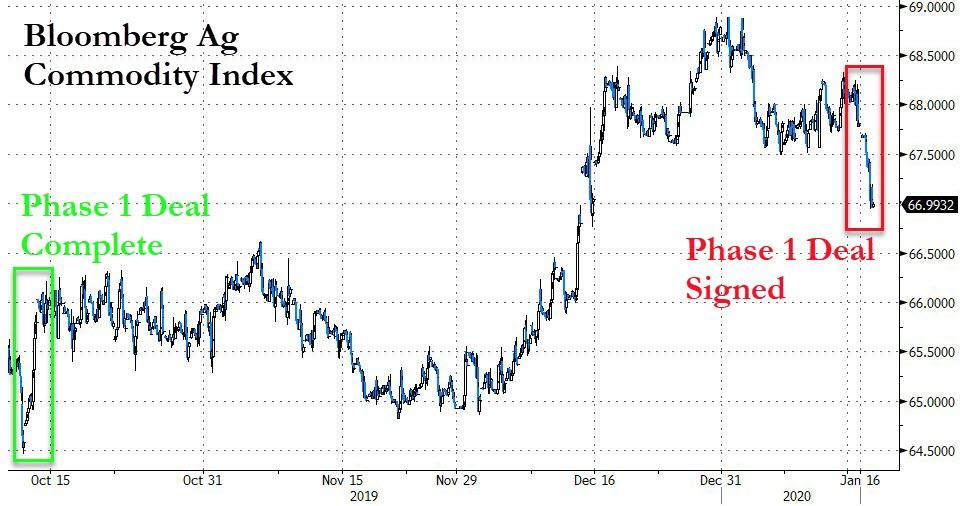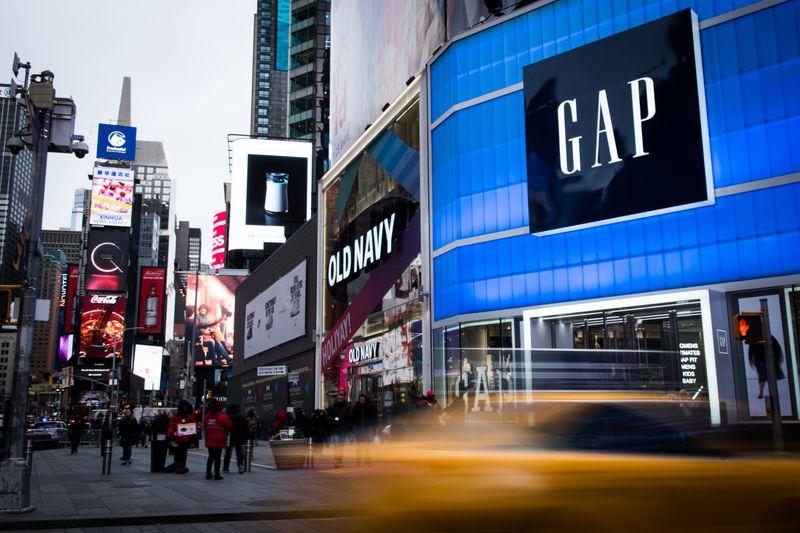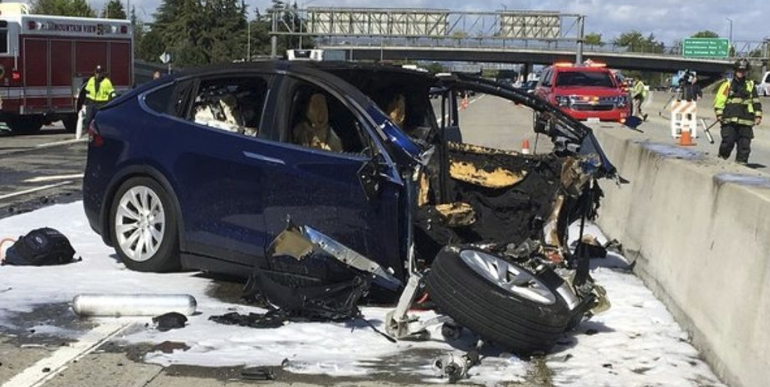When Shaniz West agreed to let police enter her house so they could arrest her former boyfriend, she had no idea she was consenting to a barrage of tear gas grenades that would smash her windows, tear holes in her walls and ceiling, and leave a sticky, noxious residue on her food, furniture, electronics, and clothing. But after she sued for damages, the U.S. Court of Appeals for the 9th Circuit said the officers responsible for making her home uninhabitable were shielded from liability because it was not “clearly established” at the time that such a wanton destruction of property violated the Fourth Amendment.
In a petition filed today, the Institute for Justice urges the U.S. Supreme Court to review that decision and in the process clarify the doctrine of “qualified immunity,” which in many cases lets police off the hook for outrageous conduct when their victims are unable to identify prior rulings involving similar facts. That understanding of the doctrine effectively immunizes officers who find novel ways to violate people’s constitutional rights.
The case began on a Wednesday afternoon in August 2014, when West returned to her home in Caldwell, Idaho, where she encountered four local police officers. They were looking for her ex-boyfriend, Fabian Salinas, a gang member wanted for several violent crimes. West said Salinas had been in the house earlier that day, collecting his belongings, and she was not sure whether he was still there. It turned out he wasn’t, but the cops did not realize that until after they had wreaked havoc on West’s home.
After intimating that West might be arrested for harboring a fugitive, Officer Matthew Richardon asked, “Do we have permission to get inside your house and apprehend him?” West nodded, handed over the key to her front door, and left with a friend who came to pick her up. Instead of entering the house, Sgt. Joe Hoadley summoned a SWAT team, which hatched a three-stage plan of attack that included “us[ing] 12-gauge shotguns to inject tear gas into the house through the windows and the garage door,” as two members of a three-judge 9th Circuit panel described it.
Dissenting Judge Marsha Berzon’s description better reflects the reality of what happened. “SWAT used a 12-gauge shotgun to shoot tear gas canisters into the home, breaking windows and extensively damaging the walls and ceiling in the process,” she wrote. “West’s personal belongings and the home itself were saturated in tear gas; broken glass littered the floor; and the walls and ceiling had gaping holes from contact with the tear gas canisters. In the aftermath of the destruction, West and her children could not live in their home for several months.”
The majority nevertheless concluded that, even if the operation exceeded the scope of West’s consent, case law had not clearly established that point. “Our research has uncovered no controlling Supreme Court or Ninth Circuit decision holding that ‘an officer acting under similar circumstances as [Defendants]…violated the Fourth
Amendment,'” wrote Judge Susan Graber in a 2019 opinion joined by Judge Eduardo Robreno. “Prior precedent must articulate ‘a constitutional rule specific enough to alert these [officers] in this case that their particular conduct was unlawful.'”
Judge Berzon suggested that “the likely reason there are no closely similar cases standing for the proposition that officers may not use a general consent to search to take actions that render a home uninhabitable for months is that law enforcement officers well understand that, and do not rely on consent alone to conduct home-destructive activities.” Instead of asking whether any federal court had ever declared such an operation unconstitutional, she said, her colleagues should have deemed it telling that no federal court has ever said anything like it is consistent with the Fourth Amendment.
The majority suggested that the Caldwell officers might reasonably have believed West’s permission to enter her house included permission to wreck it. “Plaintiff agreed that officers could ‘get inside [her] house and apprehend’ Salinas,” Graber wrote. “Defendants did ‘get inside’ Plaintiff’s house, first with objects and later with people. Plaintiff never expressed a limitation as to time, place within the house, or manner of entry.”
Berzon treated that risible argument, which she said “borders on the fantastic,” with the scorn it deserved:
West’s consent quite obviously contemplated an entry by live human beings, not the tossing of incendiary objects into the house from the outside….The majority adopts an entirely implausible contrary reading of West’s consent…Because West “never expressed a limitation as to time, place within the house, or manner of entry,” the majority concludes that her consent that officers could “get inside” permitted a violent initial attack on her house with toxic objects. In so concluding, the majority supposes that someone who permits law enforcement officers to “get inside [her] house” while handing over a key consents to the officers not entering the house but instead lobbing dangerous objects, such as tear gas canisters—or stones or bombs, for other examples—into the house from the outside. It further presupposes that, in providing consent to entry, a resident must preemptively forbid actions no one would guess are contemplated by the commonsense understanding of the articulated consent. That is not the law.
In Berzon’s view, “interpreting the exchange between West and Officer Richardson as permitting the SWAT attack on West’s house as performed is patently unreasonable.” Based on principles established in prior cases, she said, “it is clear that extensive property destruction rendering a home uninhabitable goes beyond the limitations inherent in a general consent to search.” Hence “any reasonable officer would have known at the time that the search exceeded the scope of West’s consent.”
The 9th Circuit’s decision not only shields the officers involved in this particular incident from liability. It also invites other officers to do the same sort of thing in the future, since the court never actually says whether the Caldwell cops violated the Fourth Amendment. As 5th Circuit Judge Don Willett has noted, the practice of affirming qualified immunity without resolving the underlying constitutional issue creates a “Catch-22,” because “plaintiffs must produce precedent even as fewer courts are producing precedent,” and “important constitutional questions go unanswered precisely because those questions are yet unanswered.”
In its petition, the Institute for Justice argues that West’s case is “an ideal vehicle” for resolving a split between appeals courts that agree with Graber’s approach to qualified immunity, requiring precedents with facts that closely resemble those of the current case, and appeals courts that favor Berzon’s approach, which asks whether police conduct violates well-established constitutional principles even if no court has ever considered anything exactly like it before. “‘Courts of appeals are divided—intractably—over precisely what degree of factual similarity must exist’ to defeat qualified immunity,” the petition notes, quoting a 2019 opinion by Willett. “The split presented by this case is emblematic of a broader disagreement about what constitutes ‘clearly established’ law for purposes of qualified immunity.”
This case is part of a broader Institute for Justice project aimed at getting the Supreme Court to reconsider qualified immunity, an arguably unlawful doctrine it invented in 1982. The Court’s application of qualified immunity, Justice Sonia Sotomayor observed in a 2018 dissent joined by Justice Ruth Bader Ginsburg, “tells officers that they can shoot first and think later.” Justice Clarence Thomas, who does not agree with Sotomayor and Ginsburg about much else, also has urged his colleagues to reconsider the Court’s approach.
“Qualified immunity means that government officials can get away with violating your rights as long as they violate them in a way nobody thought of before,” says Institute for Justice attorney Joshua Windham. “Government officials are not above the law, and if citizens must follow the law, the government must follow the Constitution. That includes being held accountable for violating it.”

from Latest – Reason.com https://ift.tt/3agzP1f
via IFTTT

